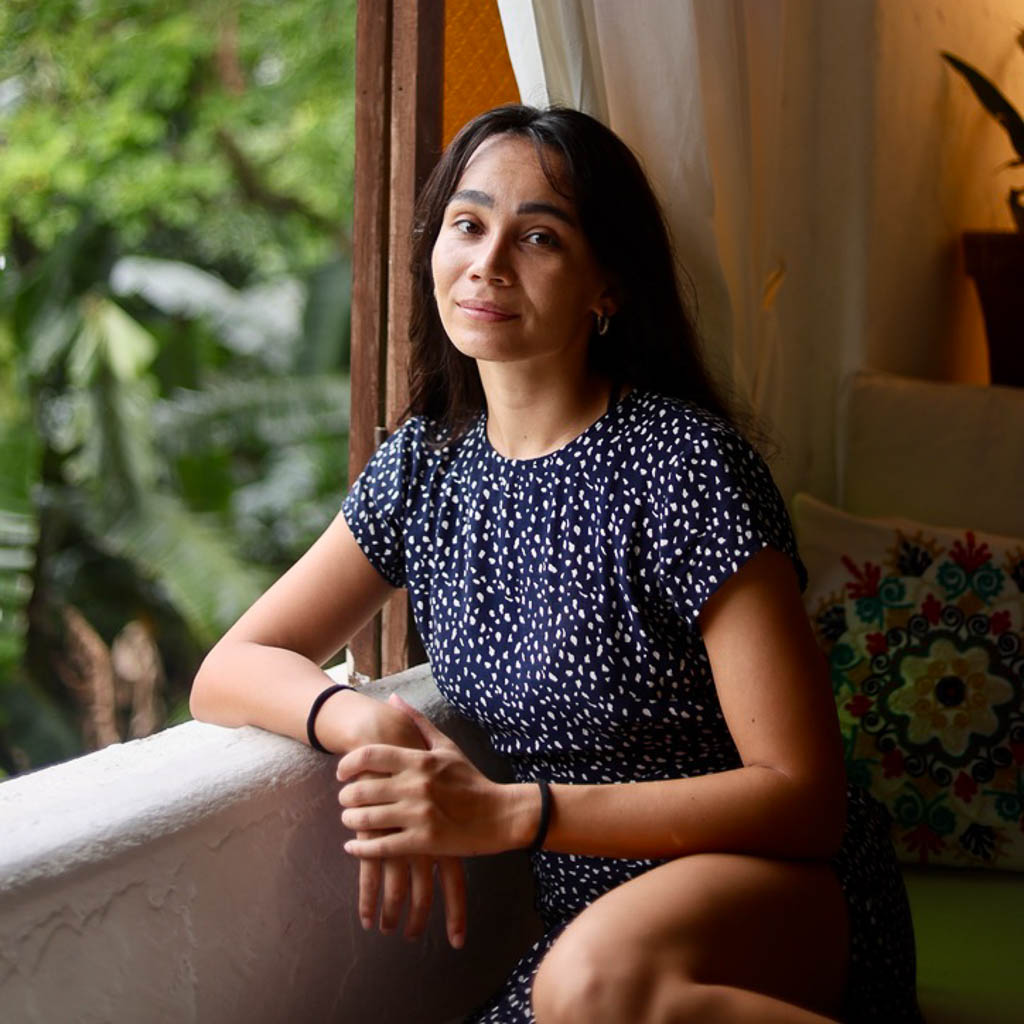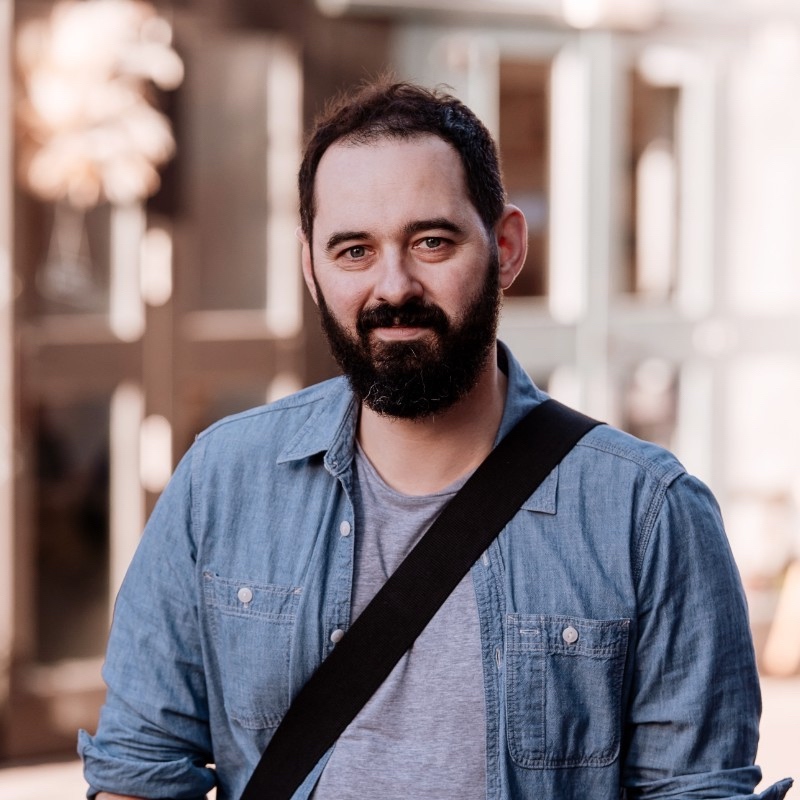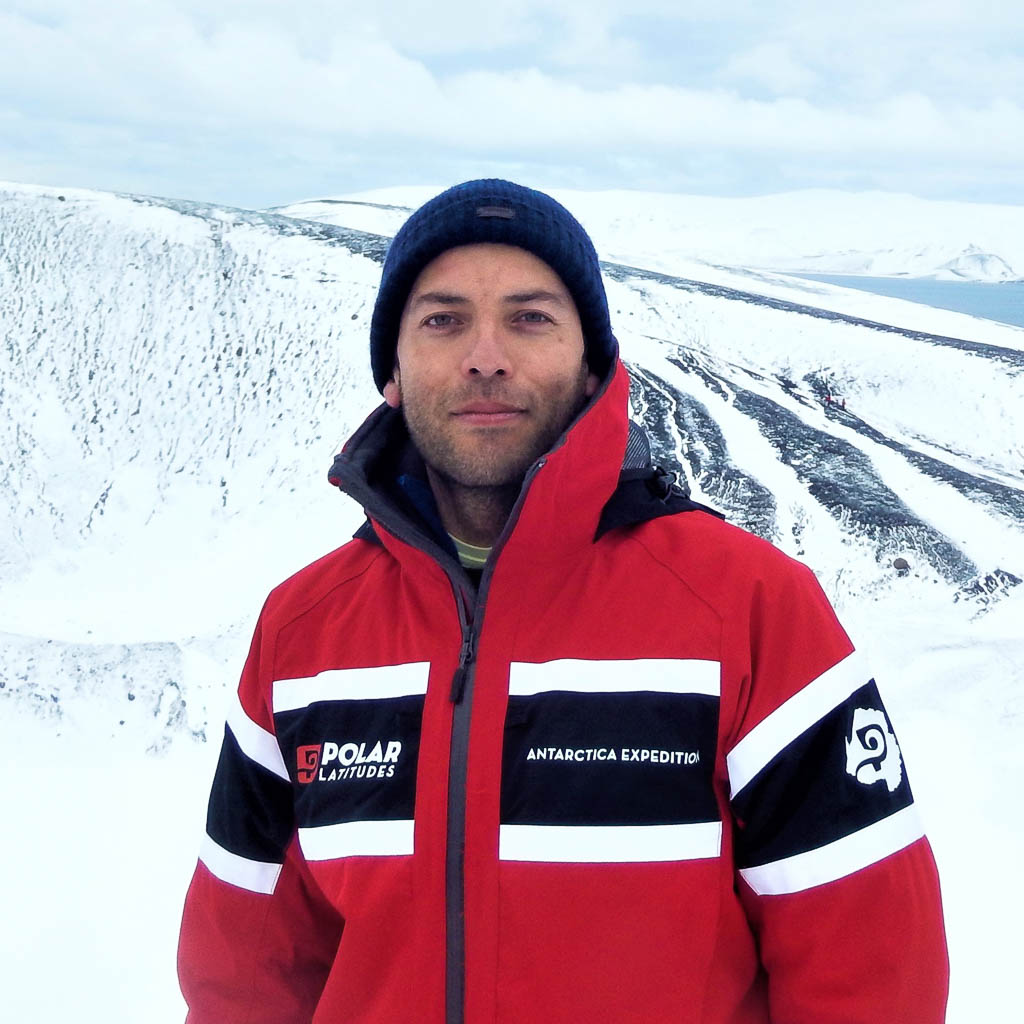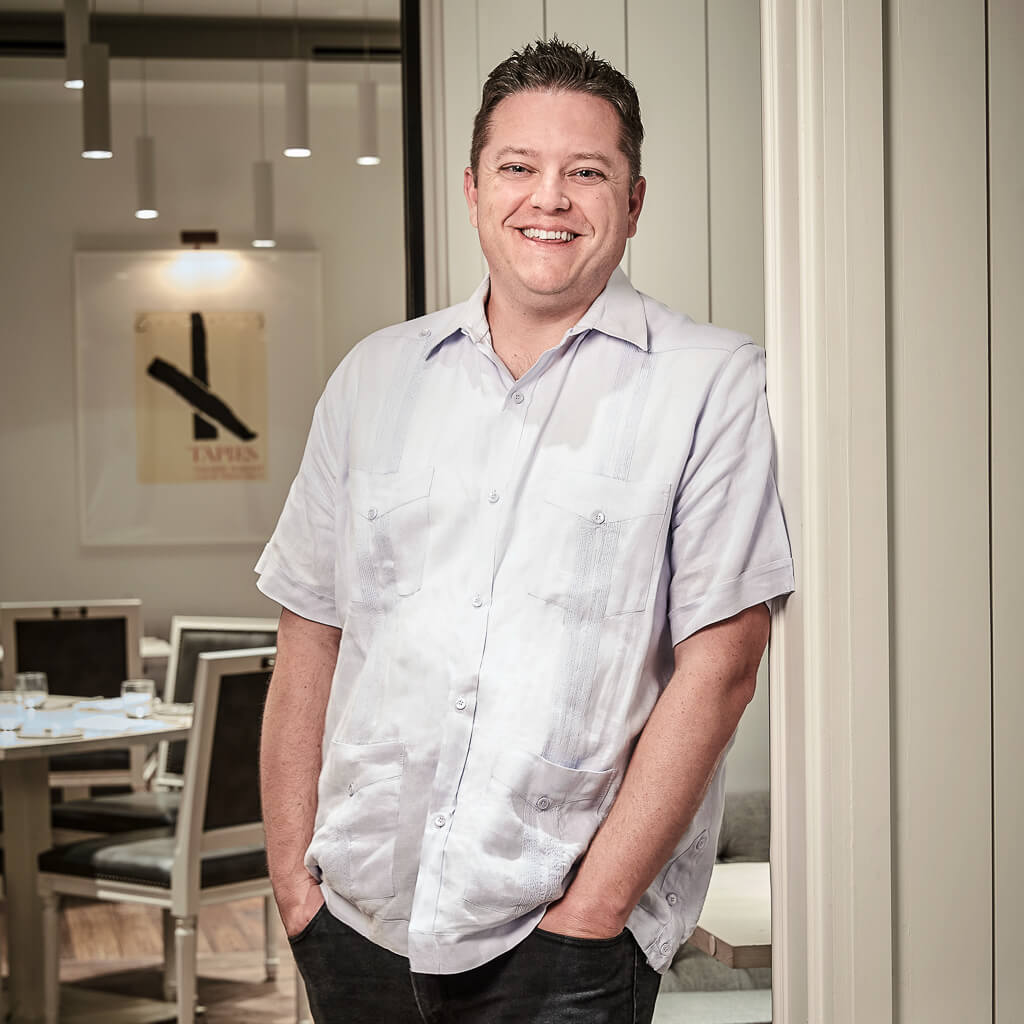
It may look and feel like a dinosaur egg, but this is no archaeological find, writes Filipina-American journalist Jordan Winters. It’s Asin Tibuok, an otherworldly salt deeply rooted in the Boholano traditions of a Philippines island.


It may look and feel like a dinosaur egg, but this is no archaeological find, writes Filipina-American journalist Jordan Winters. It’s Asin Tibuok, an otherworldly salt deeply rooted in the Boholano traditions of a Philippines island.
When Nestor Manongas reaches over the last glowing coals, he wiggles away small rocks and loosens the thick white crust that has formed over the once roaring fire. As the seal crumbles, he can see what weeks of hard labor have created: Perfectly cooked salt called Asin Tibuok, which his family has been making for generations on the Philippine island of Bohol.
However, this is not the bottled grains or flakes on most kitchen counters—the salt is baked inside oval clay pots about the size of a fist, giving Asin Tibuok the moniker, ‘the dinosaur egg.’
The nickname could also refer to how this stage of the process feels like giving birth. Manongas and his crew of asinderos, or salt farmers, have to gingerly deliver each delicate egg from its fiery incubator. Capable, soot-stained hands cradle each out of the furnace, still hot.
“I am very proud. There is a piece of me in each one,” says Manongas.
After the Asin Tibuok cools a little, the clay shell is peeled back to reveal the solid off-white salt orb. It can be grated, chipped or dipped directly into a soup or porridge—creativity is encouraged on how to get it into your dish. But it’s not just a vessel for flavor; the salt is something of a bit of a time capsule.
Every time the glowing embers poke out, they are beaten back by the asinderos. The white activated charcoal that is produced at the end of this step filters the seawater that will be boiled into the clay jars. Then in the final cooking stage, in rows of tiny bubbling cauldrons, the alchemy really happens. Layer by layer, the crystal ball bakes.
Manangos was taught by his father who in turn was taught by his father. We know that Asin Tibuok was nourishing our island communities before the arrival of the Spanish, but the genesis of this craft is not entirely clear. There is no recipe, and the closest thing to a measuring cup is a mollusk shell. Every cut, pour and crack of wood is directed from Manongas’ memory.
“The ancestors are near me,” he says. “I feel they are always there to guide me and to help me to be perfect doing the Asin Tibuok.”
The great fire, one of the pivotal early steps of the process, is the part of the roasting that feels the most ancient. Coconut husks are soaked in seawater and piled taller than the doorway to the workshop. When the men light the pyre, the fruity and nutty notes get in my eyes, and I try to blink out the smoke before submitting to the purifying fumes. Everyone in the bungalow becomes dark silhouettes. Our sweat, the very salt in our skin, begins to taste like smoke.
Manongas’ team stokes the flame for several days. Every time the glowing embers poke out, they are beaten back by the asinderos. The white activated charcoal that is produced at the end of this step filters the seawater that will be boiled into the clay jars. Then in the final cooking stage, in rows of tiny bubbling cauldrons, the alchemy really happens. Layer by layer, the crystal ball bakes.
The pink or purple blush that runs across the surface of the cooled egg gives little hints about the intangible ingredients that the tongue can immediately identify: The rings of smoke tattooed onto the surface melt on your lips. When I ask Manongas what distinguishes the taste from table salt, he wrinkles his nose at the thought of the tangier cousin of the Asin Tibuok.
“There is a very big difference,” he says, “It’s chemicals versus sweet and smoky.”
“The traditional artisan technique to make this beautiful almost floral salt is a story that takes something we see as a commodity and puts it in a place in time. This is a story of our people, and Asin Tibuok displays our craftsmanship, connection to the earth and our belief in Kapwa.”
- Lordfer Lalicon, chef at Kaya, Orlando
It’s that critical chemical, iodine, that has made what the Manongas family does so rare. In 1995, the Philippines passed a law that requires all salt produced in the Philippines to have iodine added. The Asin Tibuok, which had been a staple for communities for hundreds of years, became a logistical nightmare to cultivate. The Manongases remember several dozen farms operating before the law, but now they’re one of only a handful of Asin Tibuok masters left. They’re able to produce it without iodine as Asin Tibuok is a cultural product and food seasoning as opposed to a table salt.
Manongas is 74 years old and takes many of the overnight shifts to watch the fire. He notes that not everyone can do, or wants to do, this intense, backbreaking work. This is a huge reason why none of his children or extended family are interested in keeping the tradition alive. The seed left to nourish the next generation may not grow.
But a large diaspora of Filipinos has stepped in to sound the alarm and start a new chapter. Lennie DiCarlo, a Filipina American, saw that there was huge potential for the distinctive egg shape to be a conversation piece at the dinner table.
“Every time I talk to an elder Filipino, Asin Tibuok reminds them of home,” she tells me. “Whenever I talk to a younger Filipino, they go, ‘Oh, I didn’t know this was a thing.’ You get that salt is really a vessel for memories, food memories… for the new generation, it’s an exploration.”
DiCarlo helped the Manongas family get FDA approval in the US, and the reach of this salt has meant business is picking back up. During my visit, several groups of Filipino Americans and Manileños traveled to the secluded cottage tucked away on the Bohol coast with the instructions to fill their suitcases with as much Asin Tibuoks as they could carry to co-workers, relatives and friends abroad. Now that “small batch” and “artisanal” are buzzwords, they’ve elevated Asin Tibuok to the fine dining scene.
In Manila, Toyo Eatery and Half Saints, Abaca in San Francisco, ISTORYA in Vegas, and Kaya in Orlando, are just a few of the elevated Filipino restaurants that are winning award after award for innovating Filipino cuisine in Manila and beyond. They are grating and dusting ice cream, breakfast bowls, ube (the famous purple yam of the Philippines) and even cocktails with Asin Tibouk, often using sweet tropical flavors as a blank canvas to let the smoke light up the palate.

“The reason I feel the importance of using Asin Tibuok is the connection to the history of my Philippine roots,” says chef Lordfer Lalicon of Kaya in Orlando, Florida. The Filipino concept of Kapwa, which loosely translates as solidarity, compassion for others, and taking care of the community, often extends to sharing and food rituals.
“The traditional artisan technique to make this beautiful almost floral salt is a story that takes something we see as a commodity and puts it in a place in time,” he adds. “This is a story of our people, and Asin Tibuok displays our craftsmanship, connection to the earth and our belief in Kapwa.”
Back in Bohol, before one clutch of eggs has finished, Manongas and his team have already restarted the cycle. Earth, fire, water and air are all molded again and again. It feels like the inferno is never really out in their workshop. Although ‘dinosaur’ has stuck, when I watch the cooking, a dragon egg or phoenix—in Filipino mythology, the Bakunawa and Minokawa—emerges as a more apt description. Like the Asin Tibuok’s future, those creatures require belief in the old ways to survive but if given the chance, can hatch into something magical.
The Asin Tibuok produced by the Manongas family is sold at xroads Philippine Sea Salts.
***
Adventure.com strives to be a low-emissions publication, and we are working to reduce our carbon emissions where possible. Emissions generated by the movements of our staff and contributors are carbon offset through our parent company, Intrepid. You can visit our sustainability page and read our Contributor Impact Guidelines for more information. While we take our commitment to people and planet seriously, we acknowledge that we still have plenty of work to do, and we welcome all feedback and suggestions from our readers. You can contact us anytime at hello@adventure.com. Please allow up to one week for a response








Can't find what you're looking for? Try using these tags: